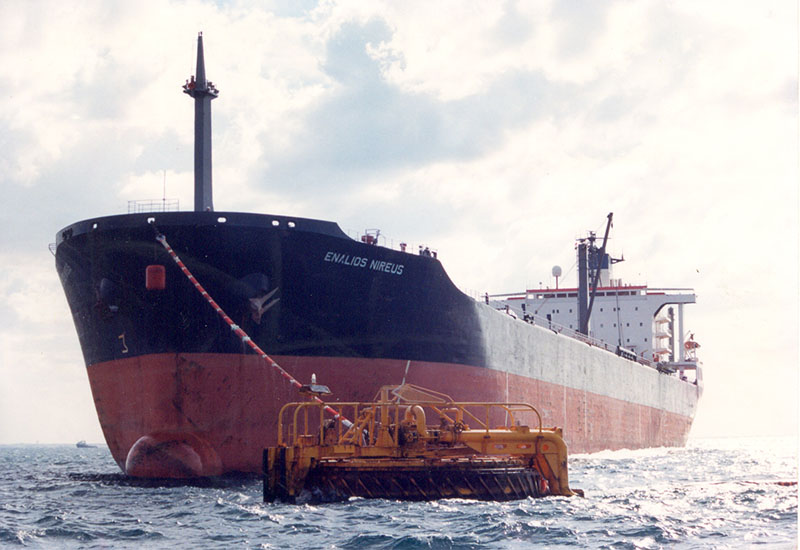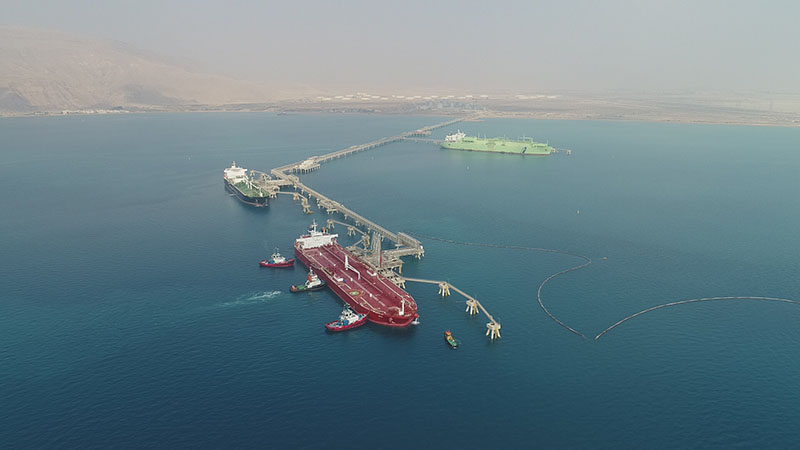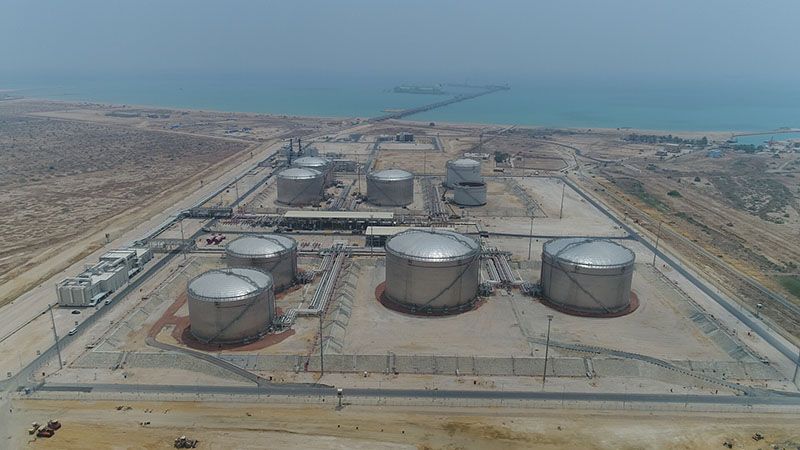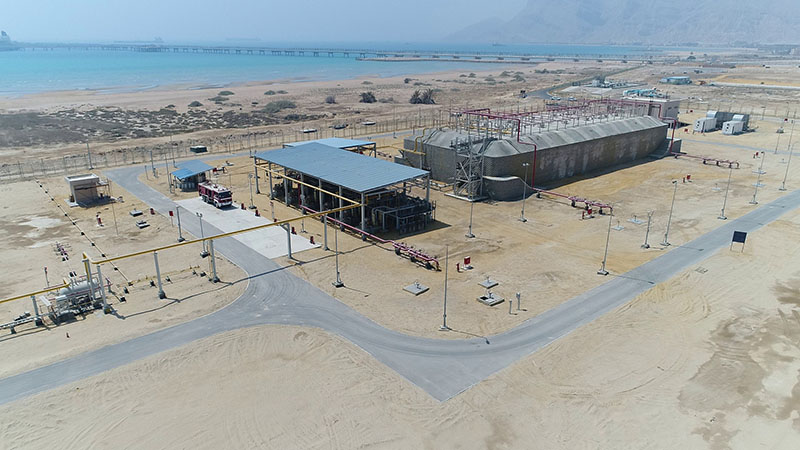Crude Oil Facilities
Ain Sukhna

Pipeline & Dahshour
Sidi Kerir

Products Handling Facilities
Ain Sukhna Gasoil handling
ASPH
SUMED took firm steps towards developing a leading world-class hub for storage and handling of different petroleum products. Ain Sukhna Product Hub (ASPH) provides the services of accomodating Floating Storage & Regasification Unit (FSRU) for receiving natural gas, handling and transferring of LPG, as well as storage and transfer of various petroleum products such as Fuel Oil. ASPH comprises of an offshore Marine Terminal and onshore products handling and storage facilities.
The Marine terminal

- FSRU berth at water depth of 15 m to accommodate an FSRU 170,000 m3 capacity in addition to LNG carriers up to 216,000m3
- Two identical products berths (PB-1 and PB-2) at water depth of 19m to accommodate LPG carriers in the range of 5,000 m3 to 82,000 m3 and oil products tankers in the range 15,000 DWT to 160,000 DWT.
Tank farm and Marine Topside facilities

The tank farm provides products storage, blending and dispatching to national grid or re-exporting to the jetty using segregated pumping stations for each tank pit.
Tank farm infrastructure includes electrical substations, firefighting systems, control system and supporting utilities as oily water, bilge and sewage treatment systems, potable water system and telecommunication systems.
The plant is operated through an integrated control and safety system (ICSS) that includes a Distributed Control system (DCS), Emergency Shutdown system (ESD), Fire and Gas system (FGS), Machine Monitoring system (MMS) that ensures safe and smooth operation of the plant.
LPG handling station

Sidi Kerir Diesel handling
In a similar stance, SUMED introduced to Sidi kerir terminal handling of petroleum products through utilizing existing assets for handling Low Sulfur Diesel.
The facilities provide dedicated and segregated buoy and sea pipeline connecting to two storage tanks with a total capacity of 206,000 m3, in addition to a dedicated pumping station for loading Diesel either to tankers or dispatching to the national grid for domestic supply.